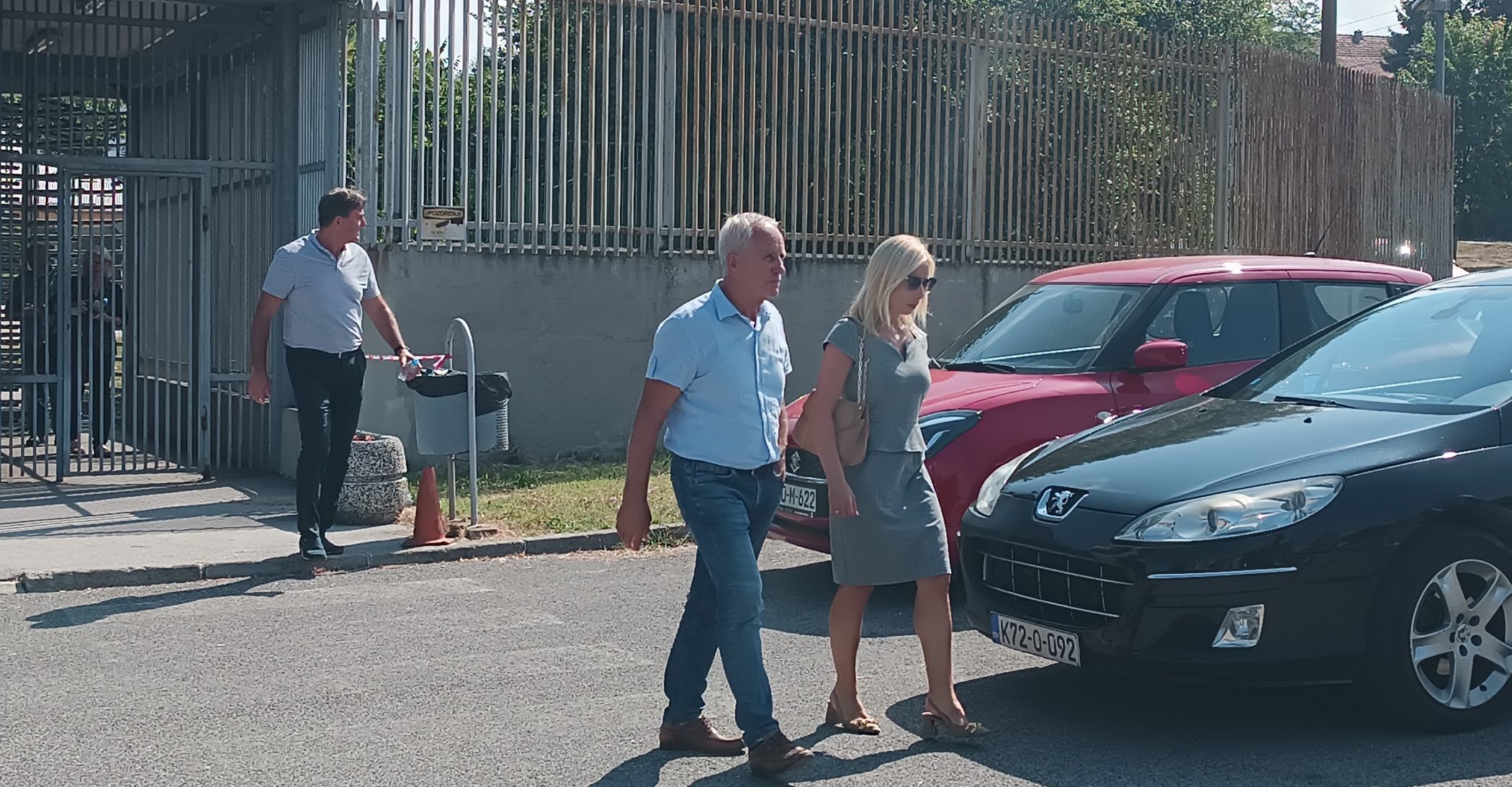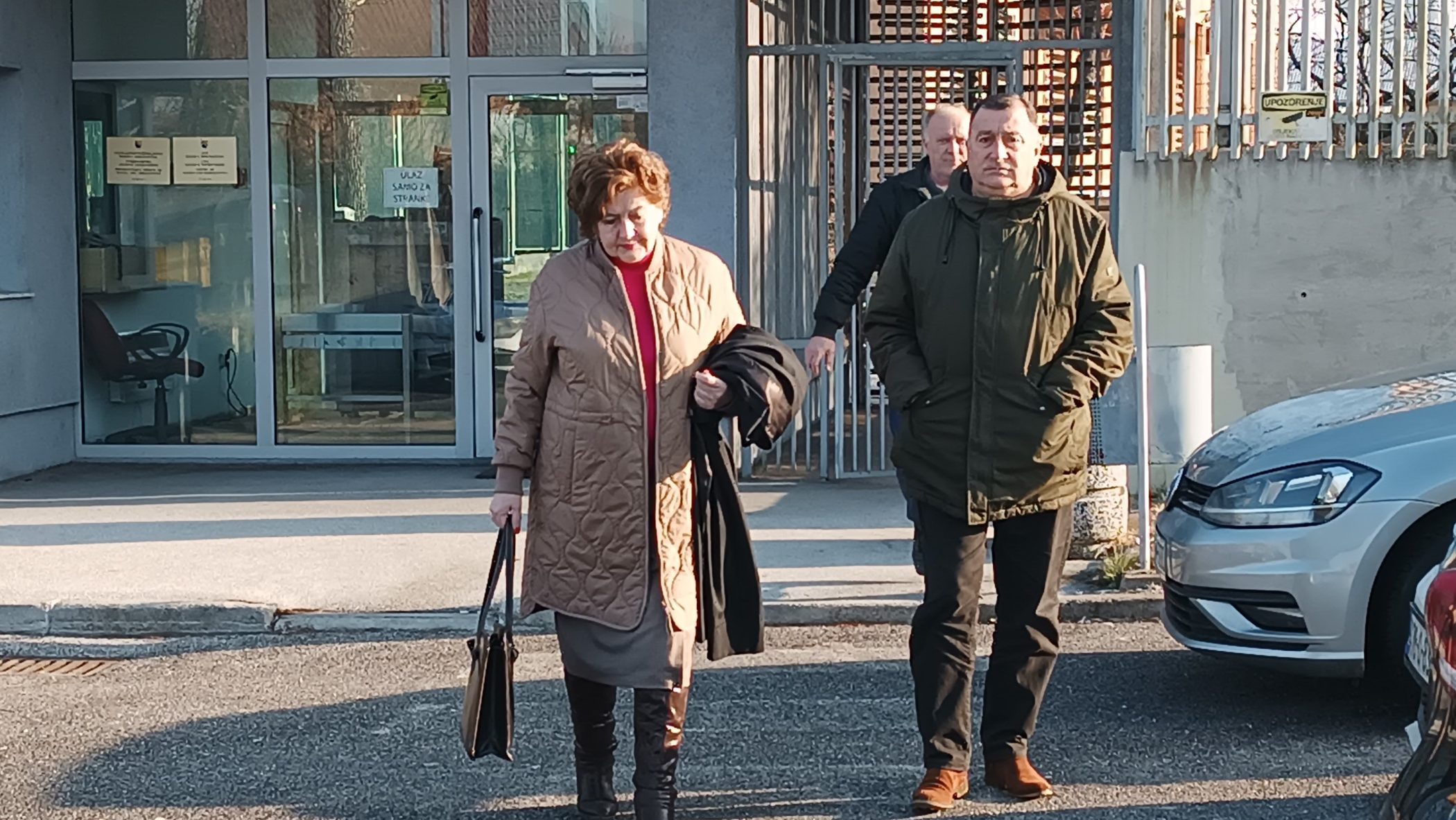This post is also available in: Bosnian
Mile Puljic, the former commander of the Second Battalion of the Second Brigade of the Croatian Defense Council, has been charged with ordering Bosniak detainees in the Heliodrom detention camp to perform forced labour. Detainees were killed and wounded as a result.
Expert witness Zemir Sinanovic said that according to his findings, Santiceva Street was within the zone of responsibility of Puljic’s unit. He said he came to that conclusion on the basis of a report issued by the Main Headquarters of Croatian Defense Council on July 29, 1993.
The report indicates that Santiceva Street and other locations were within the zone of responsibility of the Second Brigade. The defense and trial chamber asked how Sinanovic concluded that the Second Battalion controlled this street.
“When you say it was the zone of responsibility of the Second Brigade, it means that all of its units were within that zone,” Sinanovic said.
Sinanovic was asked if he was saying that all battalions with that brigade were present on that street. Sinanovic said not necessarily.
The defense of Mile Puljic included a series of Croatian Defense Council orders issued from January to July 1993 on zones of responsibility in the Mostar area, or more specifically on Santiceva Street.
According to an order from June 19, 1993, Santiceva Street was within Sector 1, which was under the command of Zdenko Gavran. The situation remained unchanged under a new order issued on July 2.
“Mostar was a small area with many units, whose subordination changed on a daily basis…Zones changed on a daily basis as well,” Sinanovic said several times.
Defense attorney Davor Martinovic asked Sinanovic several times to support his allegations with documents. Sinanovic said he would need time to find them.
During his examination, the defense said Sinanovic was biased. Responding to a question by defense attorney Martinovic, Sinanovic said he was the head of the military police from April 1993 to April 1994 and then became assistant commander of the 319th Brigade of the Third Corps of the Army of Bosnia and Herzegovina.
Sinanovic, who is a university professor now, confirmed that in his scientific papers he indicated that Croatia waged a war of aggression against Bosnia and Herzegovina. In his papers he also indicated that “greater Serbia and greater Croatian aspirations” existed in recent history, that the Catholic church suppressed crimes against Bosniaks and that when soldiers from Islamic states were concerned, “it was a necessary process of the Islamization of Bosniaks.”
Sinanovic stuck to his argument that the Croatian Defense Council was a quasi-state entity. He said a decision rendered by the Constitutional Court of the Republic of Bosnia and Herzegovina in 1992 confirmed this claim.
Sinanovic also repeated that the Croatian Defense Council conducted persecution in Mostar by arresting and detaining Bosniaks, as of May 9, 1993.
Defense attorney Martinovic presented Sinanovic with a document issued by the Bosnian Army in April 1993 containing locations that had to be attacked and indicating they should infiltrate past enemy lines. Sinanovic said he had not seen the document. He said that even if he had seen it, he would have considered it irrelevant.
Sinanovic’s cross-examination will continue on March 9.



